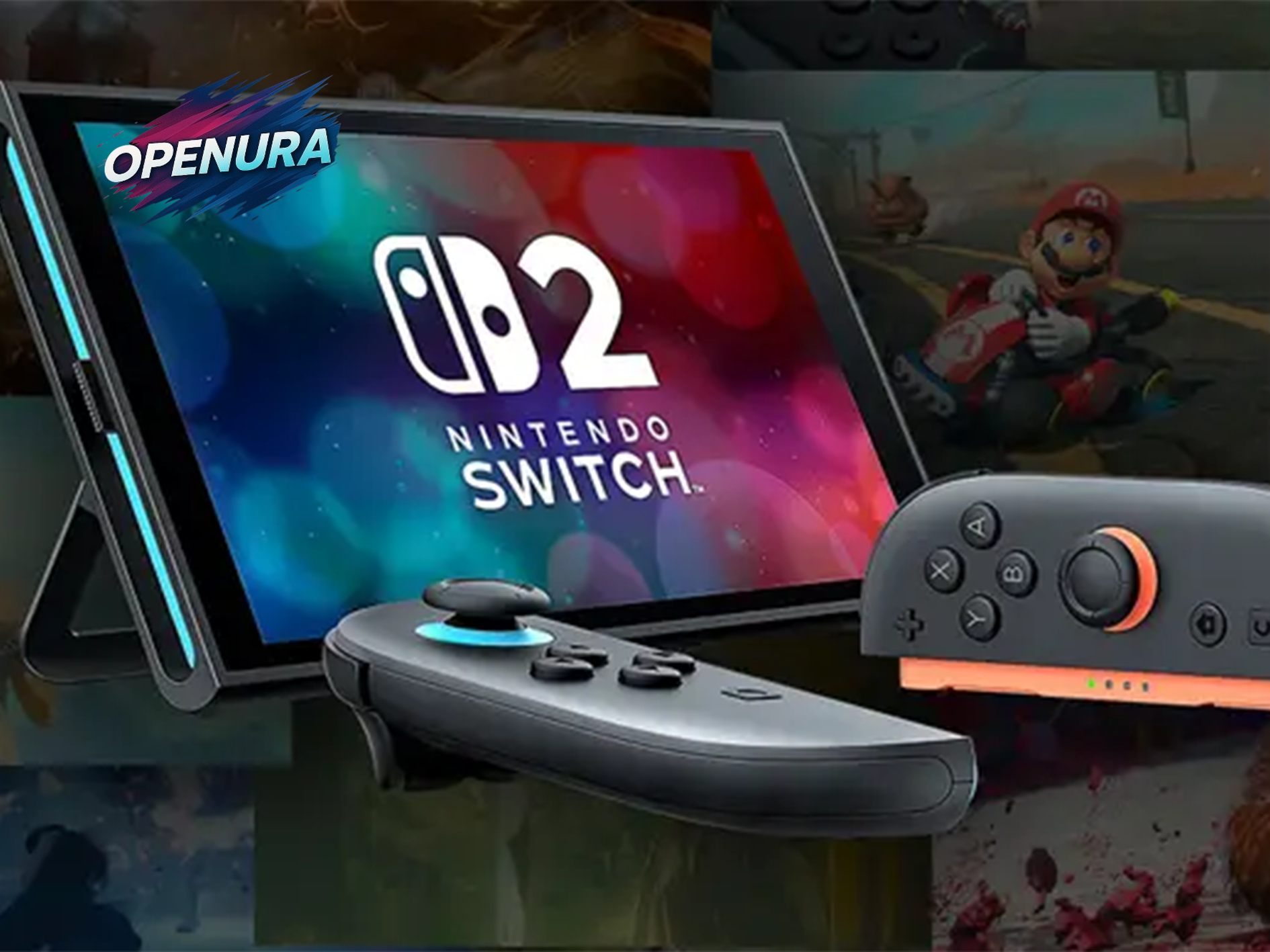Nintendo’s latest console, the Nintendo Switch 2, marks a substantial leap forward in the world of hybrid gaming. Staying true to its successful philosophy, this new iteration seamlessly transitions between a powerful home console experience and a portable handheld device, offering unparalleled flexibility for gamers on the go and at home. Digital Foundry’s comprehensive hardware review sheds light on the significant advancements that define this next-generation system.
Under the Hood: A Custom Nvidia Powerhouse
At the heart of the Nintendo Switch 2 lies a custom-engineered Nvidia processor. This bespoke chip is a testament to the close collaboration between Nintendo and Nvidia, designed specifically to meet the unique demands of a hybrid console. The graphical processing unit (GPU) leverages Nvidia’s highly efficient Ampere architecture, known for its strong performance and power efficiency in PC graphics cards. This architectural choice promises to deliver significantly improved visuals and smoother gameplay compared to its predecessor.
Complementing the powerful processor is a generous 12GB of LPDDR5X memory. This high-speed, low-power memory is crucial for handling modern game assets, complex textures, and demanding real-time calculations, ensuring that the system can load games quickly and maintain high frame rates even in graphically intensive scenarios. The increased memory bandwidth and capacity are key enablers for the Switch 2’s enhanced performance capabilities.
Remarkable Power Efficiency
One of the most impressive aspects highlighted in the review is the Nintendo Switch 2’s remarkable power efficiency. Despite its substantial upgrade in processing power, the console demonstrates an exceptional ability to manage its energy consumption. When docked and connected to a TV, the hardware never exceeds 22 watts, which is remarkably low for a system capable of delivering modern gaming experiences. This efficiency translates to less heat generation and a quieter operation.
In handheld mode, where battery life is paramount, the Switch 2 maintains its impressive efficiency, typically operating at around 10 to 12 watts. This low power draw is critical for extending gameplay sessions on the go, allowing users to enjoy their favorite titles for longer without needing to find a power outlet. This balance of power and performance is a significant engineering achievement, ensuring that the Switch 2 remains a truly portable and enjoyable gaming device.
The Screen: A Mixed Experience
While the internal hardware showcases significant improvements, the review points out that the screen is a problematic area for the Nintendo Switch 2. The primary concerns revolve around its poor motion quality and less-than-ideal HDR (High Dynamic Range) performance. Poor motion quality can lead to blurrier visuals during fast-paced action, potentially detracting from the gaming experience. Similarly, limited HDR performance means the display may not fully capture the vibrant colors, deep blacks, and bright highlights that modern games are designed to showcase, diminishing the visual fidelity. This aspect suggests there’s room for improvement in future iterations of the console’s display technology.
Game Chat: A Welcome Addition
A new and highly anticipated feature for the Nintendo Switch 2 is “Game Chat,” Nintendo’s integrated communication system. This addition has been very well-received, as it finally provides a robust, OS-level solution for in-game voice communication. Unlike the previous Switch, which often relied on cumbersome external apps or workarounds, Game Chat allows players to communicate directly through the console’s operating system, making online multiplayer experiences far more seamless and enjoyable.
Adding to its appeal, Game Chat incorporates AI-powered voice isolation. This intelligent feature actively filters out background noise, ensuring that player voices come through clearly and distinctly. Whether you’re playing in a noisy environment or simply want to minimize distractions for your teammates, the voice isolation technology promises a much clearer and more focused communication experience, enhancing cooperative and competitive gameplay.
Conclusion
The Nintendo Switch 2 represents a compelling evolution of Nintendo’s successful hybrid console concept. With a powerful custom Nvidia processor, ample high-speed memory, and impressive power efficiency, it delivers a significant performance upgrade for both docked and handheld play. While the screen presents some limitations in terms of motion and HDR, the introduction of integrated Game Chat with AI-powered voice isolation is a major step forward for online multiplayer. This new console appears poised to continue Nintendo’s legacy of innovative and accessible gaming.
